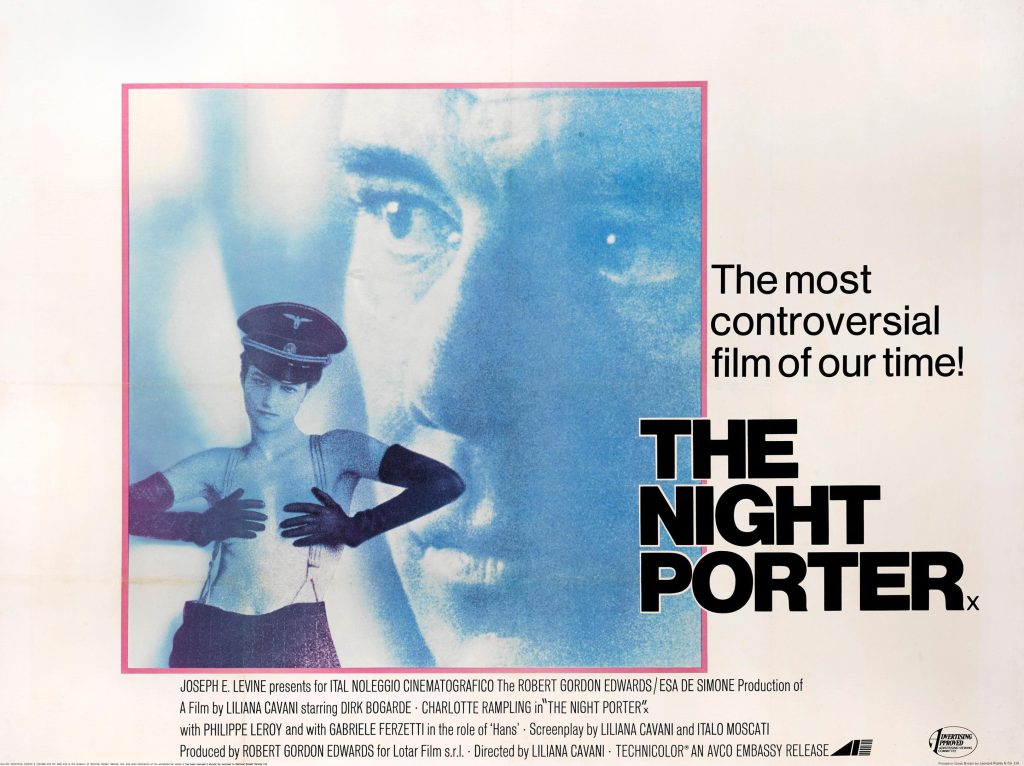What became known as the gunfight at the O.K. Corral took place in Tombstone, Arizona on October 26, 1881. While the shootout itself lasted 30 seconds, the legend surrounding it has endured for nearly a century and a half since, with no sign of fading anytime soon. First popularized in Stuart N. Lake’s 1931, largely B.S. biography Wyatt Earp: Frontier Marshal, the tall tale has become a crucial component of our national mythology, one of the most entertaining stories America likes to tell itself. So it goes that stalwart Sheriff Wyatt Earp and his deputy brothers bravely took on the criminal Clanton and McLaury gangs, winning the day with the help of Wyatt’s unlikely best friend John “Doc” Holliday, an alcoholic, terminally ill, former dentist turned professional gambler and gunfighter of larger-than-life reputation.
The best films about this conflict happily play fast and loose with the actual proceedings. (Wyatt wasn’t the sheriff, it was his brother Virgil. The real gunfight happened in an alley adjacent to a photography studio, six storefronts away from the O.K. Corral.) Few of these pesky facts matter when the story is spun into gold with the grace of John Ford’s 1946 My Darling Clementine, one of the most plaintive and beautiful of all movies, starring Henry Fonda as the unimpeachable Earp and Victor Mature as his doomed, Shakespeare-quoting sidekick. The role of Doc Holliday went on to become catnip for a certain breed of showboating ham, gloriously overplayed over the years by Kirk Douglas, Jason Robards, Dennis Quaid, and maybe most indelibly by Val Kilmer in 1993 as a florid, sweaty vampire full of slurred zingers and sly self-loathing in Rambo director George P. Cosmatos’ delightfully down-market Tombstone.
Having the least fun of any of these actors is Stacy Keach in Doc, a fascinating, punitively revisionist 1971 Western by director Frank Perry. It was the thick of the Nixon era, deep into Vietnam, and while half of a deeply divided country was busy questioning its possibly perverted principles, Perry and screenwriter Pete Hamill decided to throw a few legends onto the bonfire. Perry’s 1968 masterpiece The Swimmer had so cogently dismantled the American dream, forcing Burt Lancaster (who 11 years before had himself played Wyatt Earp) to confront his fundamental, spiritual bankruptcy out there in the suburbs, it made perfect sense for the director – coming off his amazingly abrasive 1970 Diary of a Mad Housewife — to start tackling the country’s foundational myths.
Doc is one of those movies that’s way more fun to talk about than it is to actually watch. The great revisionist Westerns of Sergio Leone, Sam Peckinpah, Robert Aldrich and Clint Eastwood are scarily adept at tearing down time-honored traditions while at the same time delivering the basest, most lizard-brained satisfactions of the genre. Doc is a strictly intellectual exercise, dismantling the Western limb-from-limb and trying to see how much nothing it can leave you with. I admire the bold effrontery of its anti-entertaining intentions while I can’t imagine a movie I’d want to watch again less.

The damp, seething Keach is the most recessive screen presence ever to play Doc Holliday, lured to Tombstone by promises from his old friend Wyatt, along the way accidentally winning dinged-up beauty Katie Elder (Faye Dunaway) in a card game. This washed-out working girl is one of Dunaway’s finest performances, calling to mind the offhanded, still-sexy desperation she’d bring to Barfly some fifteen years later, long after she and Perry had both blown up their careers together with Mommie Dearest in 1981. She’s by far the best thing in Doc, chomping on a gold tooth and impossibly glamorous even in rags, apologizing for how often she farts.
Wyatt Earp is played by Harris Yulin, a font of anti-charisma you might remember as a weak-chinned, corrupt functionary in dozens of thrillers over the decades. (My favorite was when he cuckolded Gene Hackman at a Rohmer movie in Night Moves.) We’re hardly talking Burt Lancaster or Kurt Russell here but rather a scheming, political manipulator who recruits Keach’s Holliday in a plan to frame the Clantons and the McLaurys as cannon-fodder to boost his “law and order” election campaign. He’s a stone-cold sociopath, this Wyatt Earp.
Legendary New York Daily News columnist Pete Hamill wrote the screenplay for Doc – one of Perry’s few films not scripted by his wife Eleanor. Hamill sees Tombstone as just another corrupt political ward in a slightly smaller Apple, with everybody jockeying for position and no place for a relic like Doc Holliday, called in to do a little dirty work for the new boss, same as the old boss.
Shot in cramped, medium closeups in the Spanish city of Almeria, Doc has a deliberately limited visual palette, eschewing vistas for ugly, workaday realities. There’s no musical score, nor any grand camera movements to sweep you through these scenes. It’s a sad, muted little movie in which people plod off to their inevitable ends, the gunfight at the O.K. Corral being more of a massacre than any test of mettle. Such sour revisionism might have seemed revolutionary, except Robert Altman’s McCabe & Mrs. Miller had opened in theaters a mere five weeks earlier, proving that such aggressive genre deconstructionism could also be great fun to watch. Timing is everything.
“Doc” is streaming on Hulu and Paramount+.



